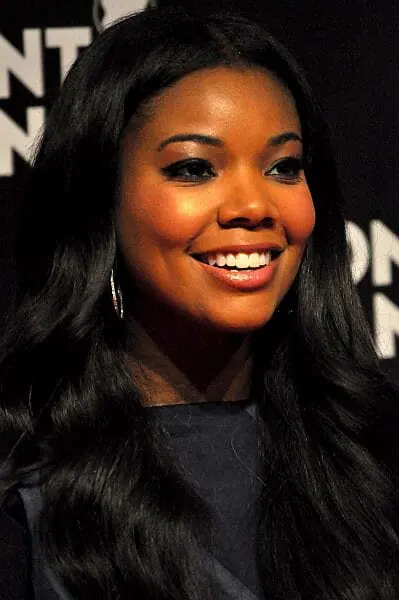The iconic high school cheerleader film Bring It On turns 20 this year. In the two decades since its release, the movie has spawned five sequels, a Broadway musical and the status of a cult classic film.
Bring It On follows Torrance Shipman, played by early 2000s darling Kirsten Dunst. Shipman tries to retain a championship title as her school’s new cheer captain, even after learning that her team (the Toros) has been stealing their winning cheers from the East Compton Clovers.
Here’s the killer question: has this movie aged well? On a re-watch, the verdict is … almost.
The not OK parts
Let’s start with the bad: there’s some really upsetting language casually thrown about in this film. Slut shaming, homophobic slurs, ableist slurs — you name it. It’s the kind of derogatory language that not-so-subtly hints at a hateful culture that is distressingly contemporary.
There’s also the overt sexualization of high school students. From an opening close-up shot of Dunst’s face as she stands naked in front of the entire school, to shots of bikini clad teenagers at a carwash, to people “slipping digits” under cheerleader’s skirts during a routine.
As a viewer, you become desensitized to this hyper-sexualization and forget that while nearly everyone in the cast was between 20 and 27 — except Dunst, who was only 17 during production — they are all depicting high school-aged kids.
This is an issue in many high school comedies, and “it was a different time” is never an excuse that holds up. Especially once you learn that director Peyton Reed admitted in 2010 that his worry for the film was maintaining a box-office profitable PG-13 rating while “trying to push the sexuality.” The Toros might be on a mission to win a championship title, but Reed is on a mission to expose as many underage midriffs as possible.
Surprisingly insightful
All that being said, the overall story of Bring It On holds up, and it’s a fun watch. The energy is fast-paced, and the writing is clever as hell. Dunst has the acting range to hit every emotion on a teenager’s mood swing, and Gabrielle Union commands every scene she’s in. Also, the message of this movie has a depth that most high school comedies never venture into.
The main conflict lies in the fact that the Toros, a team of predominantly white kids from a suburb of San Diego, have been stealing their cheers from the Clovers, a team made up of Latinx and Black students from East Compton. Most conflict in teen comedies is drawn at the line of popular versus unpopular. Bring It On depicts racial tensions in America in the microcosm of competitive cheerleading. Gabrielle Union’s character Isis never accepts the help Shipman offers out of guilt, instead leading her team to nationals as equals to the Toros.
Where many teen comedies act as escapism from the real world, Bring It On has a self-awareness that never lets the audience relax from the reality of systematic racism. The film expresses a surprising level of introspection and societal knowledge, while simultaneously saying things that make everyone in the room a little uncomfortable. So, just like any 20-year-old.




Recent Comments